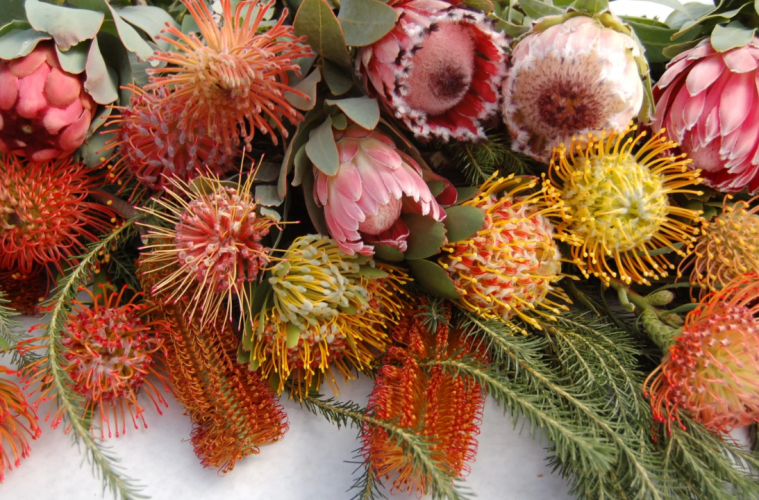Protea plants, known for their striking and exotic appearance, have become a sought-after addition to gardens around the world. These South African natives boast stunning, long-lasting blooms that add a touch of the extraordinary to any landscape. If you’re considering planting protea in your garden, you’re in for a rewarding gardening adventure.
Here are some essential tips to ensure your protea plants thrive:
1. Select the right variety
Before you start planting, it’s crucial to choose the right protea variety for your climate and garden conditions. Proteas come in a variety of species and hybrids, each with its specific requirements. Some popular choices include the King Protea (Protea cynaroides), the Sugarbush Protea (Protea repens), and the Pink Mink Protea (Protea neriifolia). Research the specific needs of your chosen protea variety to ensure it’s suitable for your region.
2. Location
Proteas thrive in well-drained, sunny locations. Select a spot in your garden that receives at least six to eight hours of direct sunlight per day. Good drainage is crucial for protea plants, as they are sensitive to waterlogged roots. If your soil doesn’t drain well naturally, consider planting proteas in raised beds or amending the soil with organic matter to improve drainage.
3. Soil preparation
Proteas prefer acidic, well-draining soil. A mix of sandy and loamy soil with a slightly acidic pH level (around 6.0) is ideal. Test your soil’s pH and make necessary adjustments using additives like sulfur or compost to achieve the optimal conditions.

Pexels
4. Planting depth and spacing
When planting protea, dig a hole that is slightly larger than the plant’s root ball. Place the plant in the hole so that the top of the root ball is level with the surrounding soil surface. Proper spacing between plants is essential to ensure good air circulation and prevent overcrowding. Typically, protea plants should be spaced at least 90 to 150 centimetres apart, depending on the variety.
5. Watering
Established protea plants are remarkably drought-tolerant. During the first year after planting, however, they will benefit from regular watering to help their roots establish. Once established, reduce watering significantly. Water sparingly during the growing season and avoid overhead watering, which can lead to fungal diseases.
6. Mulching and pruning
A layer of mulch around the base of your protea plants will help conserve moisture, regulate soil temperature, and deter weeds. Pruning should be minimal and mainly focused on dead or damaged growth. Proteas do not respond well to heavy pruning.
By following these essential tips for planting protea plants, you’ll be well on your way to creating a captivating garden display that showcases the beauty and uniqueness of these remarkable South African natives.
Plant of the month: Explore the diverse beauty of protea plants
Feature image: Pexels

